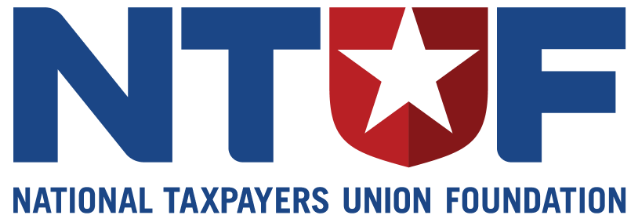The recent temporary closure of the John F. Kennedy Presidential Library, prompted by President Donald Trump’s executive order mandating federal workforce reductions, underscores the high cost of maintaining presidential libraries.
A new National Taxpayers Union Foundation (NTUF) report released Friday examines the growing taxpayer burden of the presidential library system and outlines long-term reforms to rein in costs.
The system of 14 facilities costs over $100 million a year to maintain, and expenses will continue to rise. Although public access to presidential archives is important, the substantial costs—paid largely by taxpayers—only expands each year, requiring solutions for fiscal sustainability.
“Without meaningful reforms, taxpayers will continue to bear an ever-growing financial burden to keep presidential libraries operational,” Demian Brady, NTUF vice president of research and author of the report, said. “Solutions like digital libraries and increased private funding requirements can help contain costs while ensuring these archives remain accessible and well-preserved for future generations.”
Over time, operational expenses, staff requirements, and the sheer volume of both physical and digital records have increased significantly, challenging the capacity of the National Archives and Records Administration (NARA). The presidential library system continues to expand every four to eight years, adding yet more responsibilities to NARA.
The Barack Obama Presidential Library made its record fully digital, presenting a cost effective model which could become the standard going forward.
“The fully digital model offers a promising path forward, balancing accessibility with fiscal responsibility. By adopting similar approaches, increasing the financial contributions required from private foundations, and improving cost transparency, Congress and NARA can ensure that the system remains sustainable,” according to the report.
While the Presidential Libraries Act of 1986 prescribed that endowments would be required to cover at least 20% of the costs incurred by the government, Congress could consider increasing the share of costs covered by the foundations of future former presidents for physical libraries.
President Franklin D. Roosevelt established the system in 1939.
Read the full report.

